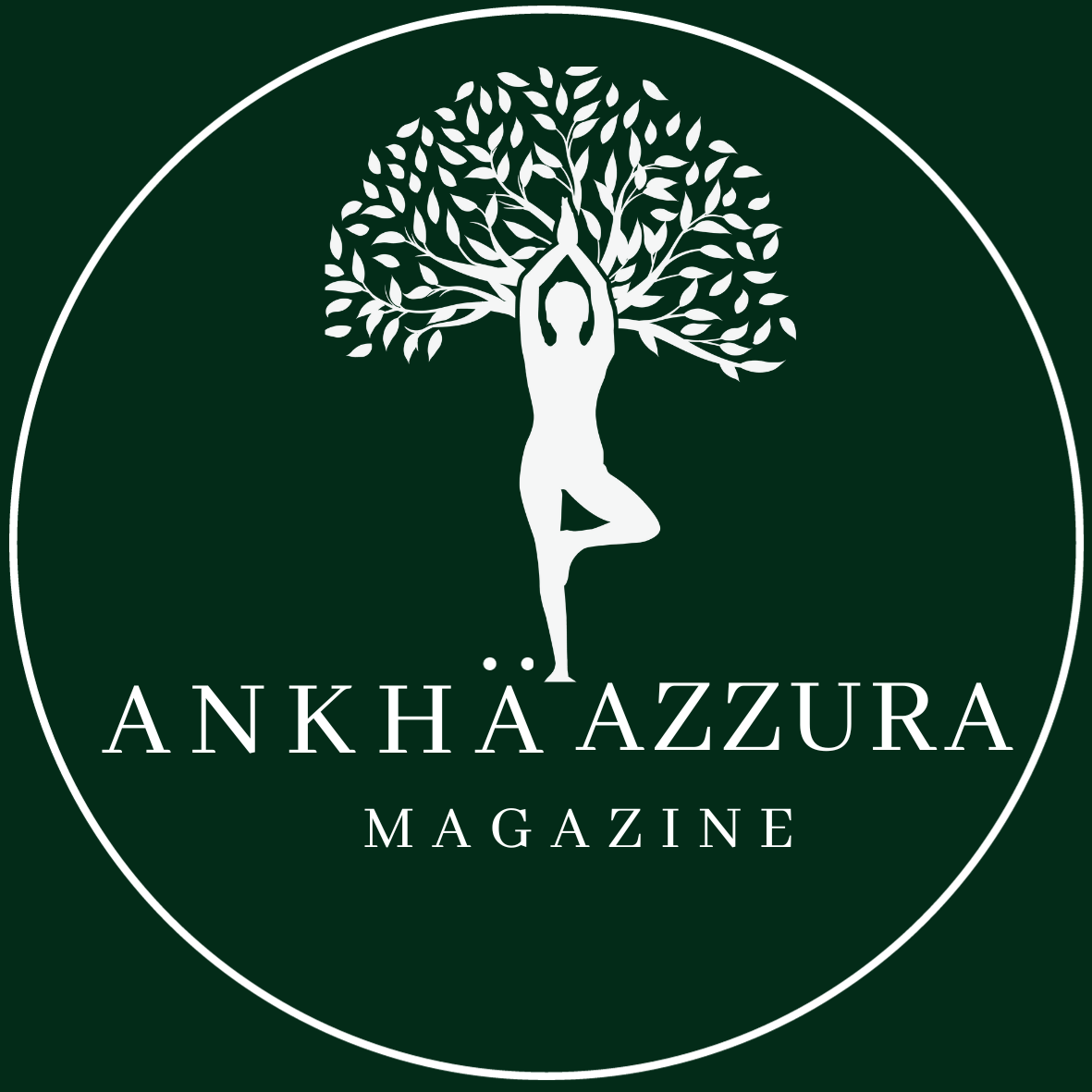Gua Sha is an ancient Chinese healing technique that involves using a smooth, flat tool to scrape the skin in order to stimulate blood flow and release tension and toxins from the body. The term “Gua Sha” translates to “scraping sand” in Chinese, referring to the grainy texture of the skin that is created during the process.
Gua Sha is often used to treat muscle pain and tension, as well as to boost the immune system and improve overall health. The practitioner will typically apply a lubricant, such as oil or lotion, to the skin and then use a special tool, such as a flat piece of jade or metal, to scrape the skin in long strokes or circular motions. The pressure and speed of the strokes can be adjusted depending on the area of the body being treated and the desired outcome. While Gua Sha can cause some temporary redness or bruising on the skin, it is generally considered safe and non-invasive. It is often used in conjunction with other traditional Chinese medicine practices, such as acupuncture and cupping.
Facial Gua Sha, is developed gradually from Gua Sha on body. It has gained popularity in recent years as a natural way to achieve a youthful and radiant complexion as well as a lifted look. The practice dates back to the Ming Dynasty, where it was used to promote circulation, reduce inflammation, and detoxify the face and body. In recent years, it has gained a significant following among beauty enthusiasts in the West who claim that it can help reduce wrinkles, firm and tone the skin, and improve overall skin health.
Facial Gua Sha involves using a tool made of materials such as jade or rose quartz, which is gently scraped over the skin in specific movements to stimulate blood flow, lymphatic drainage, and promote the release of tension and stress held in facial muscles. The movement of Gua Sha aims to trigger certain acupressure points on the face. Which are specific areas on the face that correspond to various organs and systems in the body, according to traditional Chinese medicine. By applying pressure to these points, it is believed that energy flow can be stimulated, promoting healing and overall well-being.
There are many acupressure points on the face, including:
- Third Eye Point: Located between the eyebrows, this point is believed to promote relaxation and reduce stress.
- Heavenly Appearance Point: Found on the cheekbones, this point is believed to help reduce inflammation and promote healthy skin.
- Temple Region: The temples are home to several acupressure points, which are believed to help alleviate headaches and reduce stress.
- Ear Point: The area just behind the earlobes is believed to help relieve tension in the neck and shoulders.
- Jaw Point: Located near the jawbone, this point is believed to help relieve tension in the jaw and promote relaxation.
Gua Sha is typically done on clean, dry skin, and often includes the use of a facial oil or serum to help the tool glide smoothly over the skin. The practitioner will use various strokes, such as gliding, scooping, and tapping. If you are interested in performing Gua Sha on yourself, there are a few things to keep in mind:
- Choose the right tool: Gua Sha tools come in various shapes and sizes, select a tool that feels comfortable in your hand and has a smooth, flat surface.
- Apply lubricant: To prevent irritation, apply a lubricant such as oil or lotion to the skin before beginning the Gua Sha massage.
- Use light pressure: Gua Sha should be performed with light to moderate pressure, depending on your comfort level. Avoid applying too much pressure, as this can cause bruising or skin irritation.
- Use the right technique: Use the Gua Sha tool to scrape the skin in a gentle, upward motion, starting at the base of the area being treated and moving upward toward the neck or head. Use long, smooth strokes and avoid going back and forth over the same area.
- Stop if you feel discomfort: If you experience any pain or discomfort during the massage, stop immediately and consult with a healthcare professional.
Proponents of facial Gua Sha claim that it can have a wide range of benefits, from reducing puffiness and dark circles under the eyes, to help to alleviate headaches and sinus pressure. It can also help to reduce the appearance of fine lines and wrinkles, as well as tone and firm the skin over time. It is important to use a high-quality tool and to follow proper hygiene practices, such as cleaning the tool after each use, to avoid skin irritation or infection. Remember, Gua Sha is a powerful technique that should be performed carefully and with respect for the body’s natural healing processes. Overall, facial Gua Sha is a natural and holistic approach to skincare that offers a host of potential benefits. Whether you are looking to reduce the signs of aging, improve your overall skin health, or simply relax and de-stress, this ancient practice may be worth exploring. Gua Sha can be done on its own or be incorporated into your daily skincare routine helping you relax and unwind after a long day.




